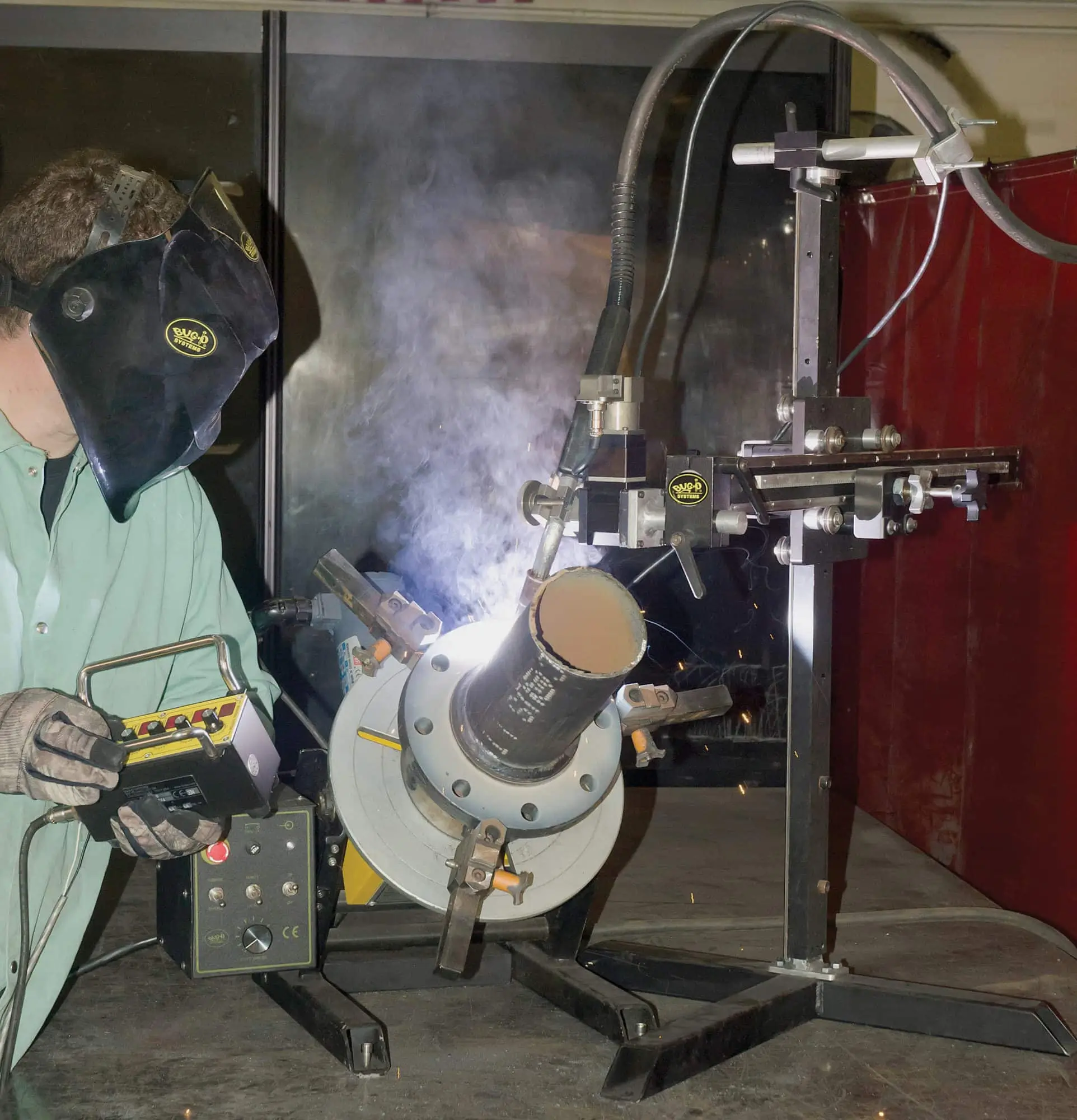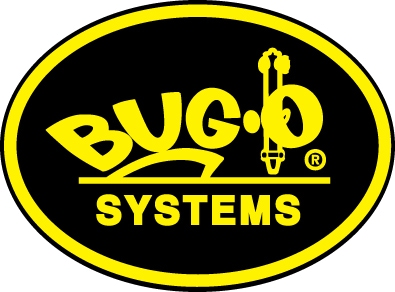Welding is a critical process in many industries, from construction to manufacturing. However, one of the most significant challenges faced by welders is distortion. Welding distortion can lead to many problems, including reduced quality, increased rework, and even total project failure.
In this post, we’ll explore welding distortion, what causes it, and how it can affect your production. We’ll also discuss strategies for avoiding distortion and introduce Bug-O’s innovative solutions for smarter, more efficient welding.
What Is Welding Distortion?
Welding distortion refers to the unwanted deformation that occurs in metal parts during the welding process. When metal is heated during welding, it expands and then contracts as it cools, leading to changes in the shape and dimensions of the workpiece. This distortion can manifest in several ways, including:
- Longitudinal shrinkage: The workpiece shrinks along the length of the weld.
- Transverse shrinkage: The workpiece shrinks perpendicular to the weld.
- Angular distortion: The workpiece bends or twists due to uneven heating and cooling.
- Bowing: The workpiece curves or bends along its length.
Causes of Distortion in Welding
Several factors can contribute to distortion in welding, including:
- Uneven heating and cooling: When one part of the workpiece is heated more than another, it expands and contracts more as it cools, leading to distortion.
- Restraint: If the workpiece is restrained or clamped during welding, it can’t expand and contract freely, causing stress and distortion.
- Weld size and placement: Larger welds and welds placed asymmetrically can lead to greater distortion.
- Material properties: Different metals have different thermal expansion coefficients and other properties that can affect distortion.

How Welding Distortion Affects Production
Welding distortion can have a significant impact on production, leading to:
- Reduced quality: Distorted parts may not fit together properly or meet specifications, reducing overall product quality.
- Increased rework: Distorted parts often require additional work to correct, increasing labor costs and production time.
- Scrap and waste: In some cases, distorted parts may be unusable and must be scrapped, leading to material waste and increased costs.
- Missed deadlines: The additional time required to correct distortion can lead to missed deadlines and delayed projects.
How to Avoid Welding Distortion
While some distortion is inevitable in welding, there are several strategies you can use to minimize its impact:
- Proper joint design: Design joints to minimize the welding required and allow for even heating and cooling.
- Preheat and post-heat treatment: Preheating the workpiece before welding and slowly cooling it afterward can help reduce distortion.
- Clamping and restraint: Using clamps and fixtures to hold the workpiece in place during welding can help prevent movement and distortion.
- Welding sequence: Following a specific welding sequence, such as welding from the center outward, can help balance forces and reduce distortion.
- Mechanized welding: Mechanized welding systems provide uniform heat input while distributing the exact amount of weld in the correct location. This ensures consistent, high-quality welds with minimal distortion.

Weld Smarter, Not Harder with Bug-O
At Bug-O Systems, we understand the challenges of welding distortion and have developed innovative solutions to help you weld smarter, not harder. Our mechanized welding systems, like the BUG-5100 DC-IV, offer precise control over welding parameters, ensuring consistent, high-quality welds with minimal distortion.
Our custom mechanization solutions can be tailored to your specific needs, whether you’re working with complex geometries or high-volume production. With our advanced mechanized cutting systems, you can achieve precise, clean cuts that minimize the need for additional welding and reduce the risk of distortion.
Investing in Bug-O’s smart welding solutions can reduce distortion, improve quality, and boost productivity. Contact us today to learn how we can help you take your welding to the next level.


Recent Comments